Things You Might Not Know About the Birds in Your Backyard
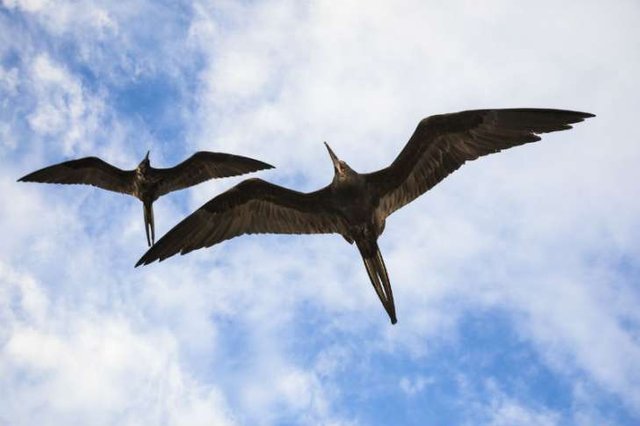
THEY CAN NAP IN MID-AIR.
Some birds take very long commutes during migrating season—and like human travelers, they’re able to nap in mid-air. For a study published in Nature Communications, researchers attached a brain-wave activity sensor to frigatebirds and noted the birds spent some time asleep while "cruising" in higher air currents and altitudes.
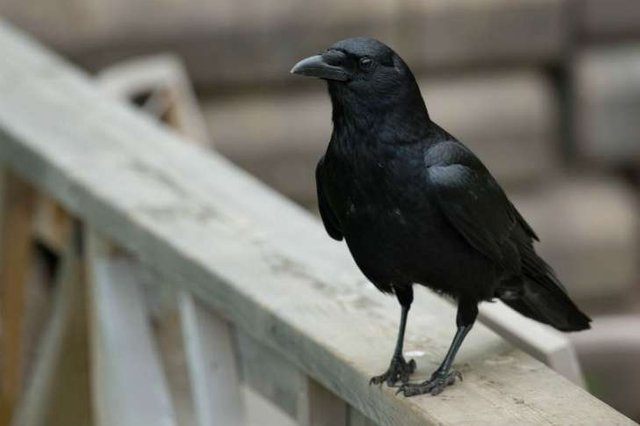
CROWS CAN RECOGNIZE FACES.
If you think your local murder of crows is out to get you, it may not be paranoia. Research conducted at the University of Washington in 2008 demonstrated that the bird is able to recognize faces and hold a grudge when provoked. In the study, scientists donned a caveman mask and then trapped crows (humanely, of course) before banding and setting them free. When the researchers walked the campus in the mask, the crows circled and vocally scolded their suspected captor.
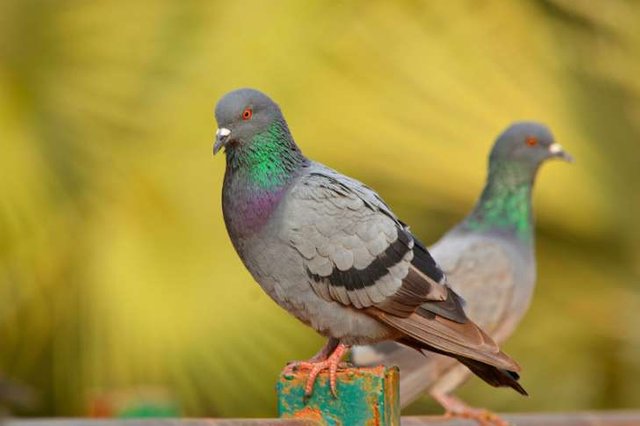
PIGEONS ARE ART CRITICS.
Several studies have looked at whether pigeons can differentiate between the distinct visual stimuli found in paintings. In one study, the birds were presented with “good” and “bad” children’s artwork. Positive reinforcement was used when the birds pecked at the “good” artworks and could later identify previously-unseen paintings that met a human standard for quality. Another study found that pigeons could tell a Picasso from a Monet. Researchers believe the birds can use color and pattern cues to tell two images apart.
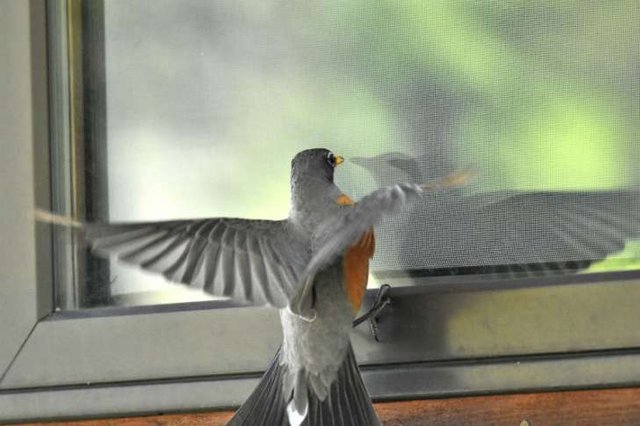
THEY’LL ATTACK THEIR REFLECTION.
Birds have been known to tap on residential windows. It’s not to get your attention: Many migratory birds looking to put down roots for the warmer months get territorial. When they see themselves reflected in a window, they can mistake it for a rival bird and begin pecking. Some homeowners put up anti-reflective material to prevent birds from pestering themselves.
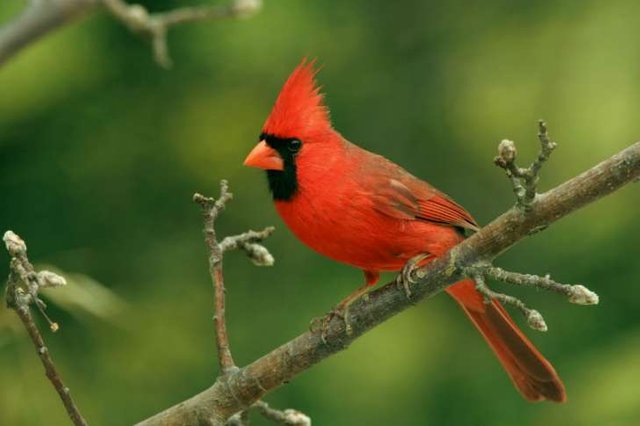
THEY HAVE A CURIOUS DESIRE TO COVER THEMSELVES IN ANTS.
While we know a lot about birds, we don’t always understand their motivations. One example: “anting,” or the practice of covering themselves in living or dead ants. Cardinals are prone to the practice, allowing ants to crawl around their bodies or stuffing ant corpses into their feathers. One theory is that the formic acid secreted by the insects helps rid birds of lice; ants may also help clean up dried oils left over from preening. If ants aren't handy, birds have also been known to use cigarette butts, beetles, and coffee.
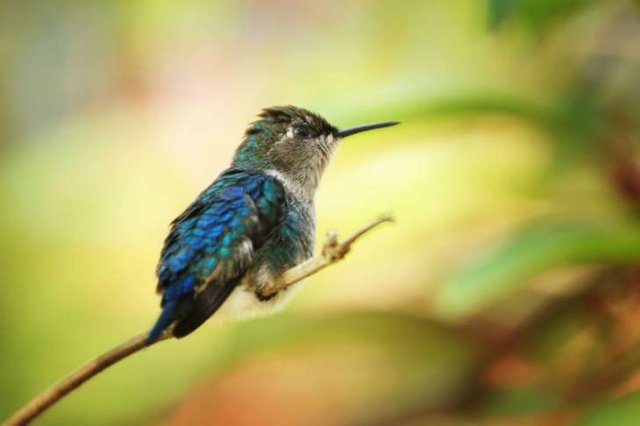
SOME HUMMINGBIRDS WEIGH LESS THAN A PENNY
Most people realize hummingbirds are pretty slight of stature: Their tiny bodies allow them to take flight quickly. While there are over 300 types of hummingbirds, the smallest species, the Bee hummingbird, weighs in at just 2 grams—.5 grams less than a U.S. penny.
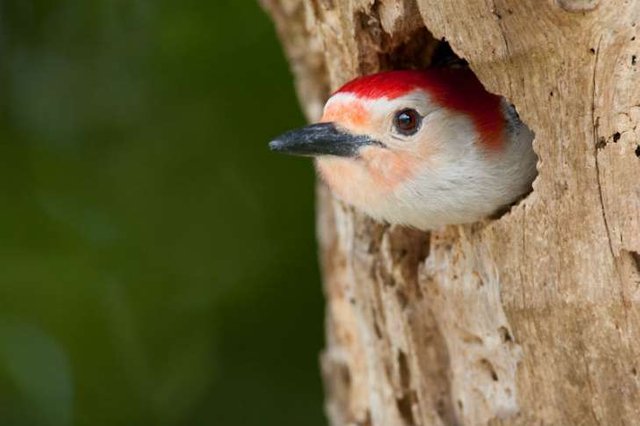
WOODPECKERS PECK WITH PURPOSE.
Contrary to what cartoons may have taught you, woodpeckers don’t drill into trees for the sole purpose of annoying humans. Acorn woodpeckers use their beaks to hollow out wood structures so they can store acorns, almonds, hazelnuts, and other sustenance.
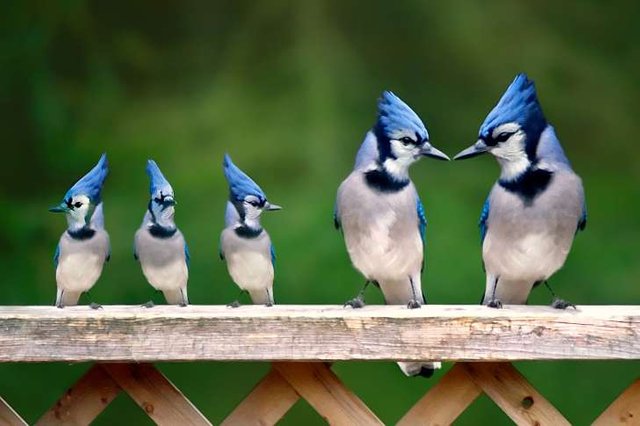
A SCOLD OF JAYS
Jays also hang in bands and parties.
Hi! I am a robot. I just upvoted you! I found similar content that readers might be interested in:
http://mentalfloss.com/article/522883/25-things-you-might-not-know-about-birds-your-backyard
Hey,
Check out my new post - http://bit.ly/Steemit-Benefits
Lets upvote and connect ✌